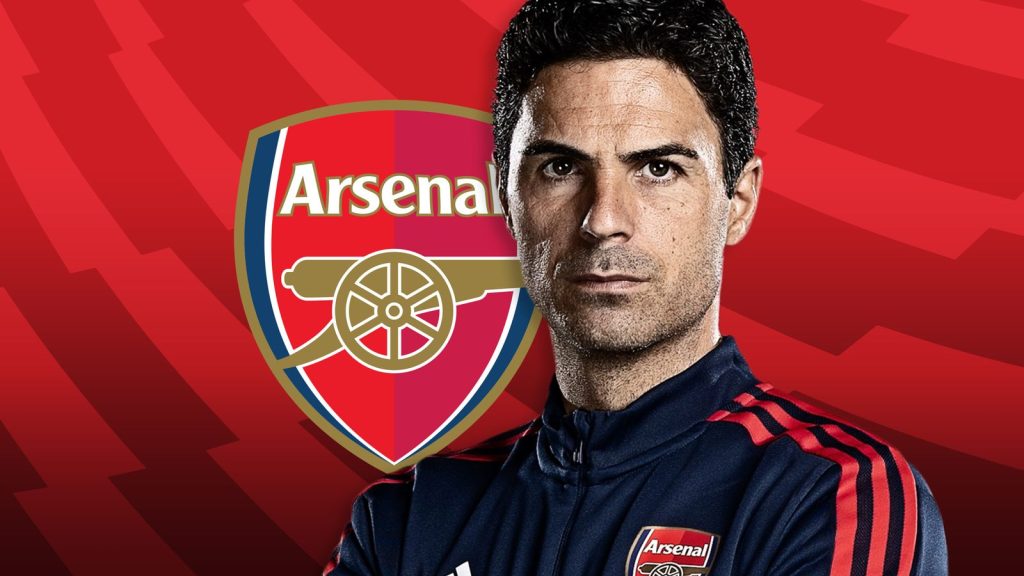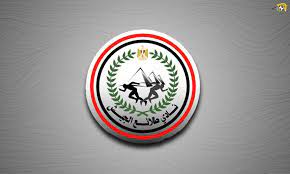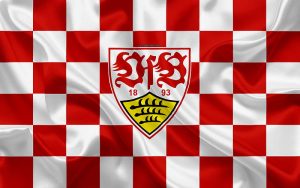
Mikel Arteta
In 2005, he found his way to England, signing with Everton. This move was pivotal in shaping his career. Under the management of David Moyes, Arteta flourished, becoming a fan favorite thanks to his creativity and leadership on the field RR88.
Transitioning into Management Mikel Arteta
The transition from player to manager can be challenging for many athletes, but for Mikel Arteta, it felt like a natural progression. After hanging up his boots, Arteta shifted his focus toward coaching, driven by an ambition to implement innovative tactics and philosophies.
His first significant role came at Manchester City, where he was entrusted with the responsibilities of assistant coach under Pep Guardiola. This opportunity allowed him to further develop his understanding of the game while working alongside one of the best managers in football history.
Learning Under Pep Guardiola
Working under Pep Guardiola was both a privilege and a challenge. Guardiola’s style emphasizes possession-based football, intricate passing, and high pressing, elements that Arteta embraced and adapted to create his own philosophy.
Arteta learned the importance of player management, understanding team dynamics, and instilling a winning mentality. These lessons were invaluable as he prepared for his own managerial role, which came sooner than expected when Arsenal decided to appoint him.
Taking Charge of Arsenal
In December 2019, Mikel Arteta was named head coach of Arsenal Football Club. This appointment sparked excitement among fans and pundits alike who recognized the potential of a young, innovative manager who understood the club’s ethos.
Arteta’s vision for Arsenal included returning the team to its former glory, reviving the attacking flair associated with the club’s illustrious history. His immediate challenges included addressing squad morale, implementing tactics, and rebuilding a competitive side.
Tactical Philosophy and Style of Play
Mikel Arteta tactical approach revolves around fluidity and adaptability. He emphasizes a possession-based game while ensuring the team remains defensively sound. His formations often switch between a four-man defense and a three-man backline, depending on the opponent, showcasing his flexibility.
One of his key strategies involves using wing-backs to create width and allow wingers to cut inside, creating opportunities for central players. This style not only enhances attacking options but also supports defensive solidity.





